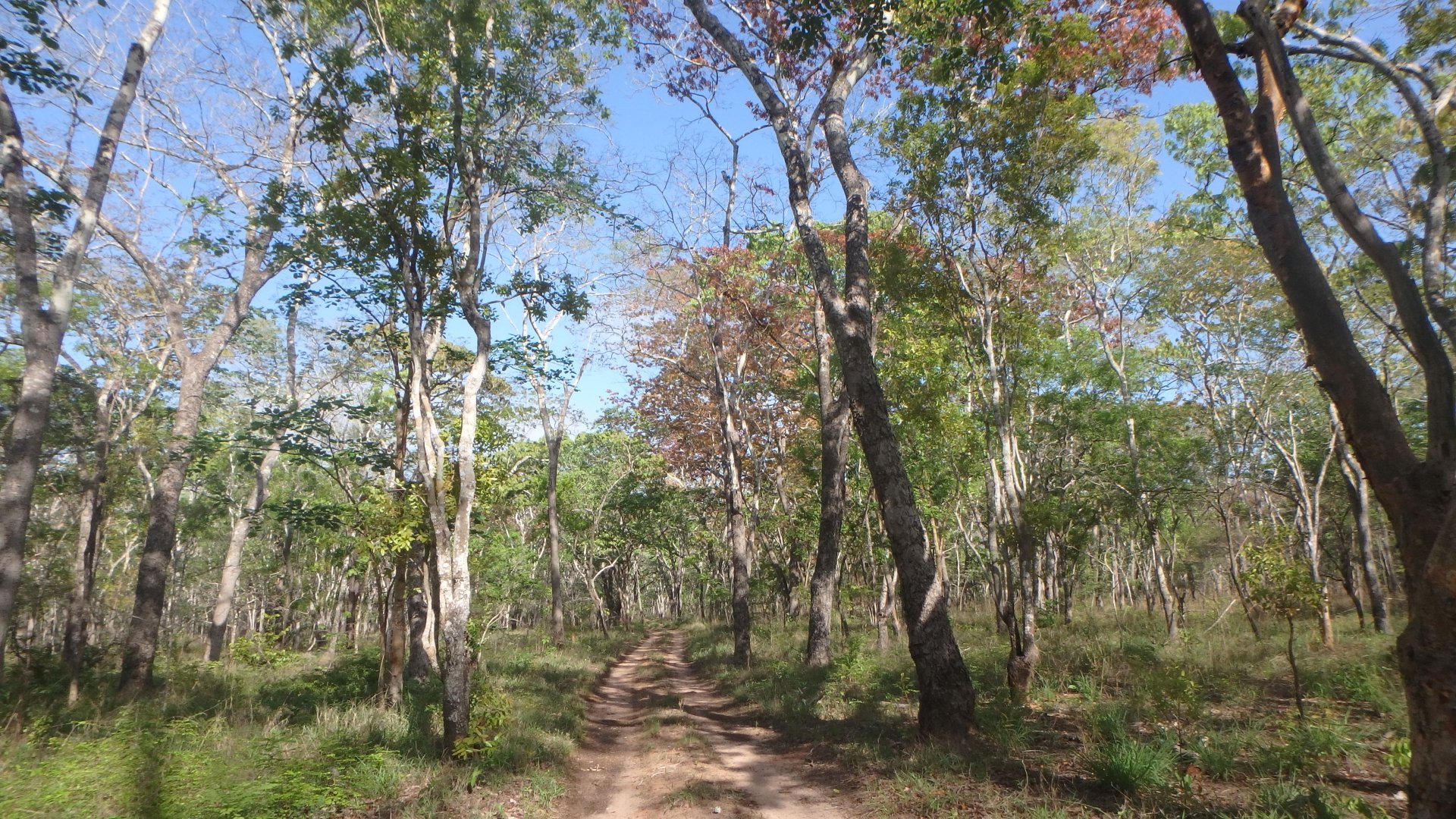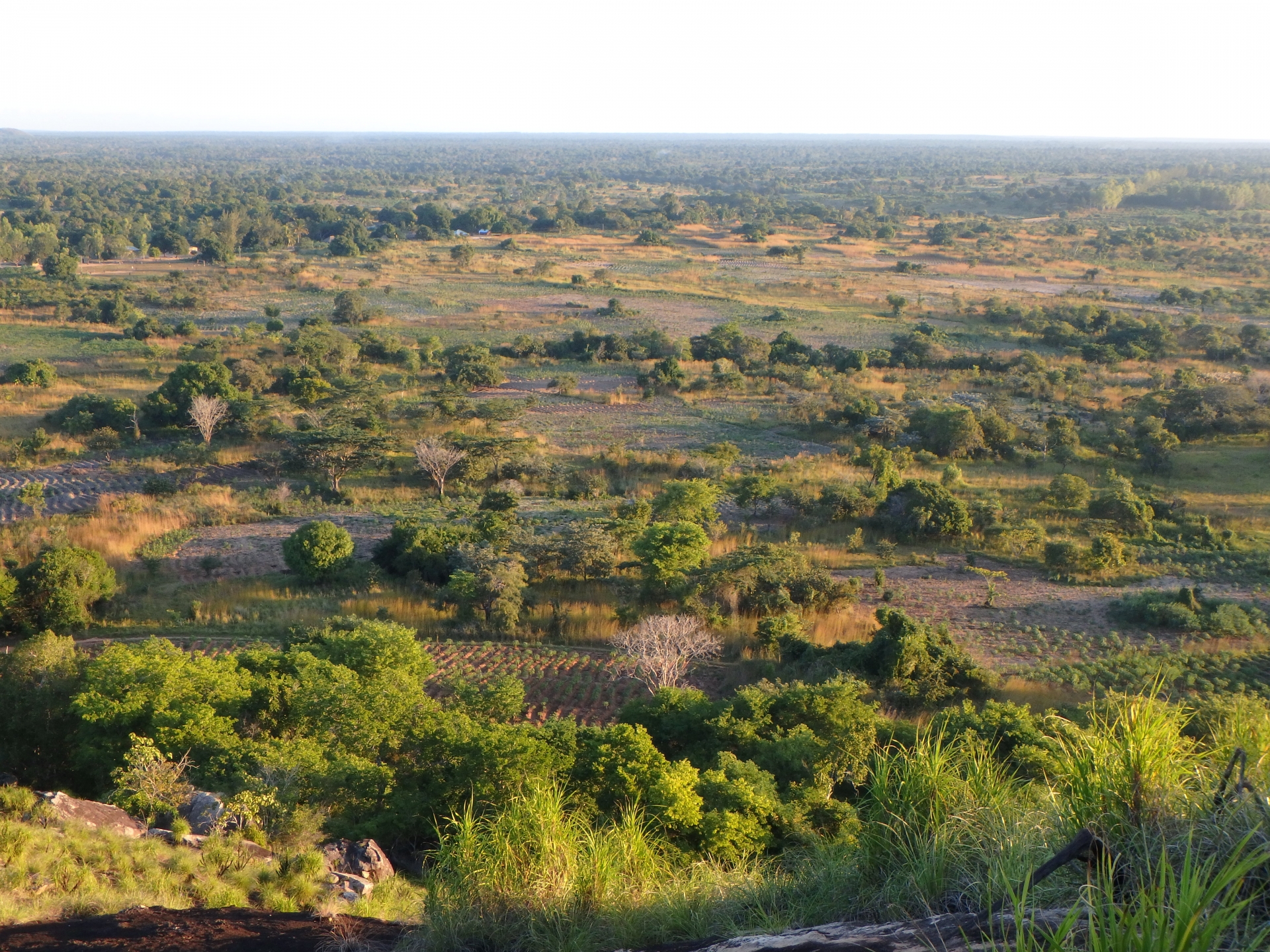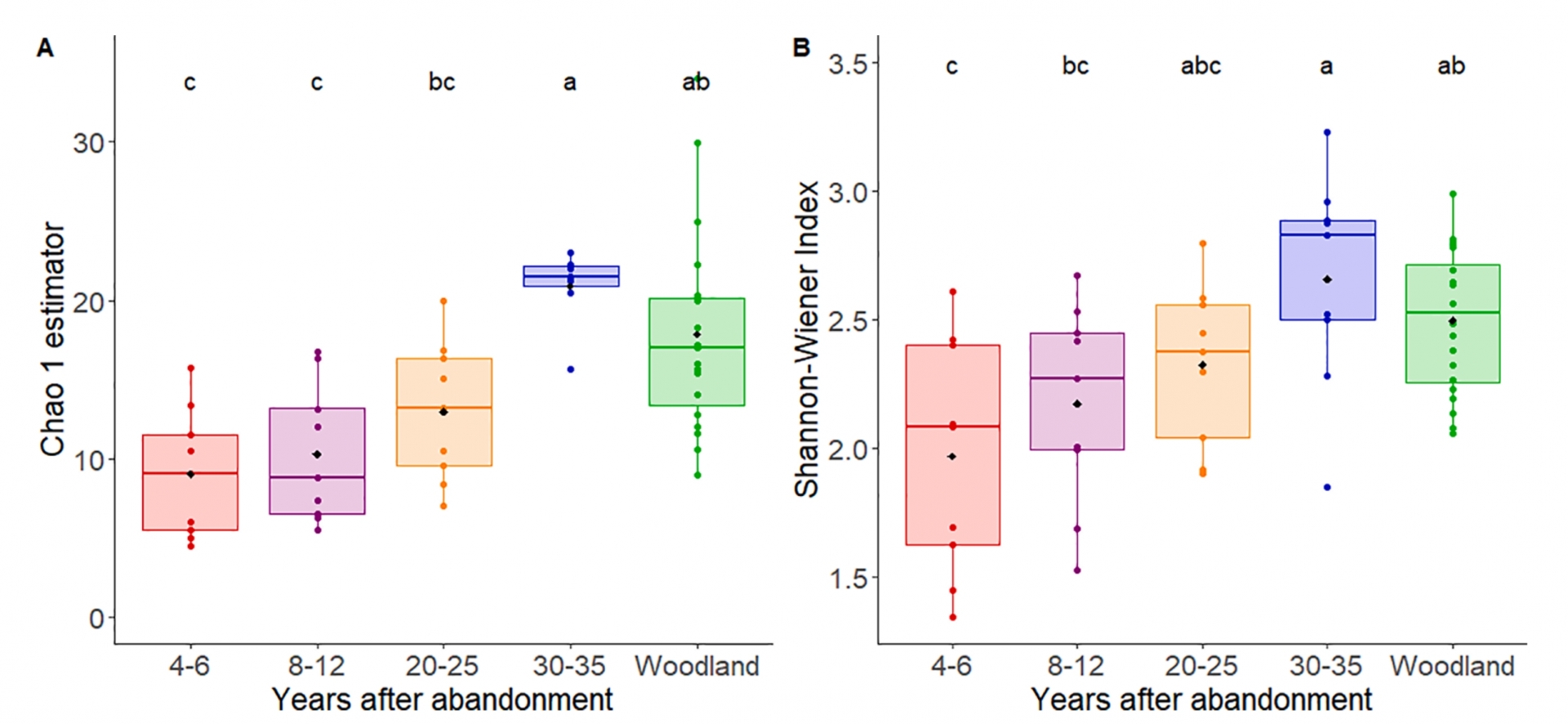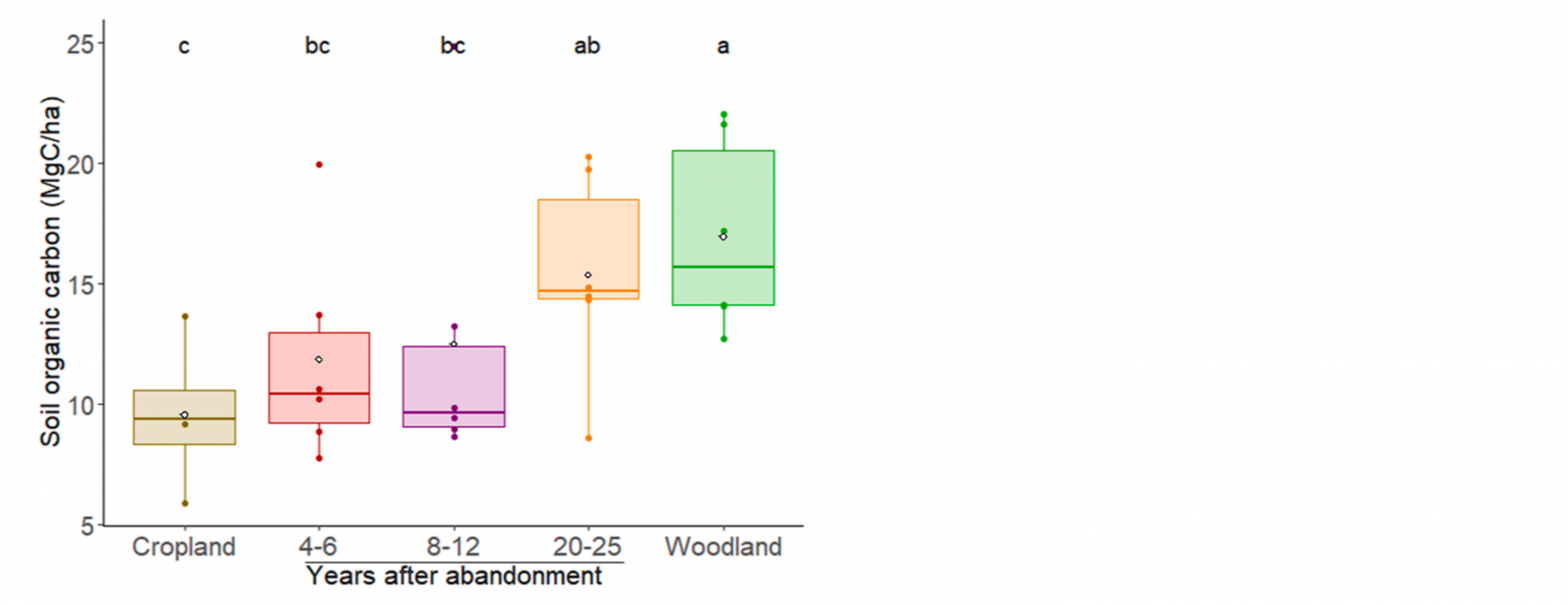

How quickly are the woody species biodiversity and the soil properties of the Miombo woodland regenerated after slash-and-burn?
The study, carried out by the Nitidæ team and their partners from CIRAD (UR Forests and Societies) was recently published in the journal Forest Ecology and Management. It focused on the resilience of the Miombo dry forests in Mozambique, a biome still understudied.

Landscape on the arounds of Gilé National Park in Mozambique
This study is the result of several years of work and several field inventory campaigns carried out by the team and initiated in 2015 as part of the pilot project to mitigate deforestation and Miombo forest degradation in and around the Gile National Park. It aimed to analyse the current status and evolution of woody species biodiversity, stand structure and soil properties of regrowth areas after slash-and-burn agriculture in Mozambique. Using floristic and soil inventory data, the study shows that the region has a high regeneration capacity in terms of woody species diversity and soil properties after a low-intensity and short-term disturbance. Species richness, diversity and soil properties recover after 20-25 years of abandonment. However, disturbance has a long-term effect on species composition and stand structure, highlighting the importance of integrated landscape management to improve the provision of ecosystem goods and services.

Figure 1 : (A) Woody species richness and (B) specific diversity for Miombo regrowth and mature woodland. The letters (a, b, c) indicate statistically significant differences.
The government of Mozambique is committed to restoring 1 million hectares of deforested and degraded landscapes by 2030 through the AFR 100 initiative. This study provides new information that could help define passive or assisted forest restoration strategies appropriate for the Miombo Forest, in order to meet Mozambique's ecosystem restoration commitments.

Figure 2 : Soil organic carbon in the top 30-cm soil layer for cropland, Miombo regrowth and mature woodland. The letters (a, b, c) indicate statistically significant differences.
The abstract is presented below and the article is available at the bottom of the page.

